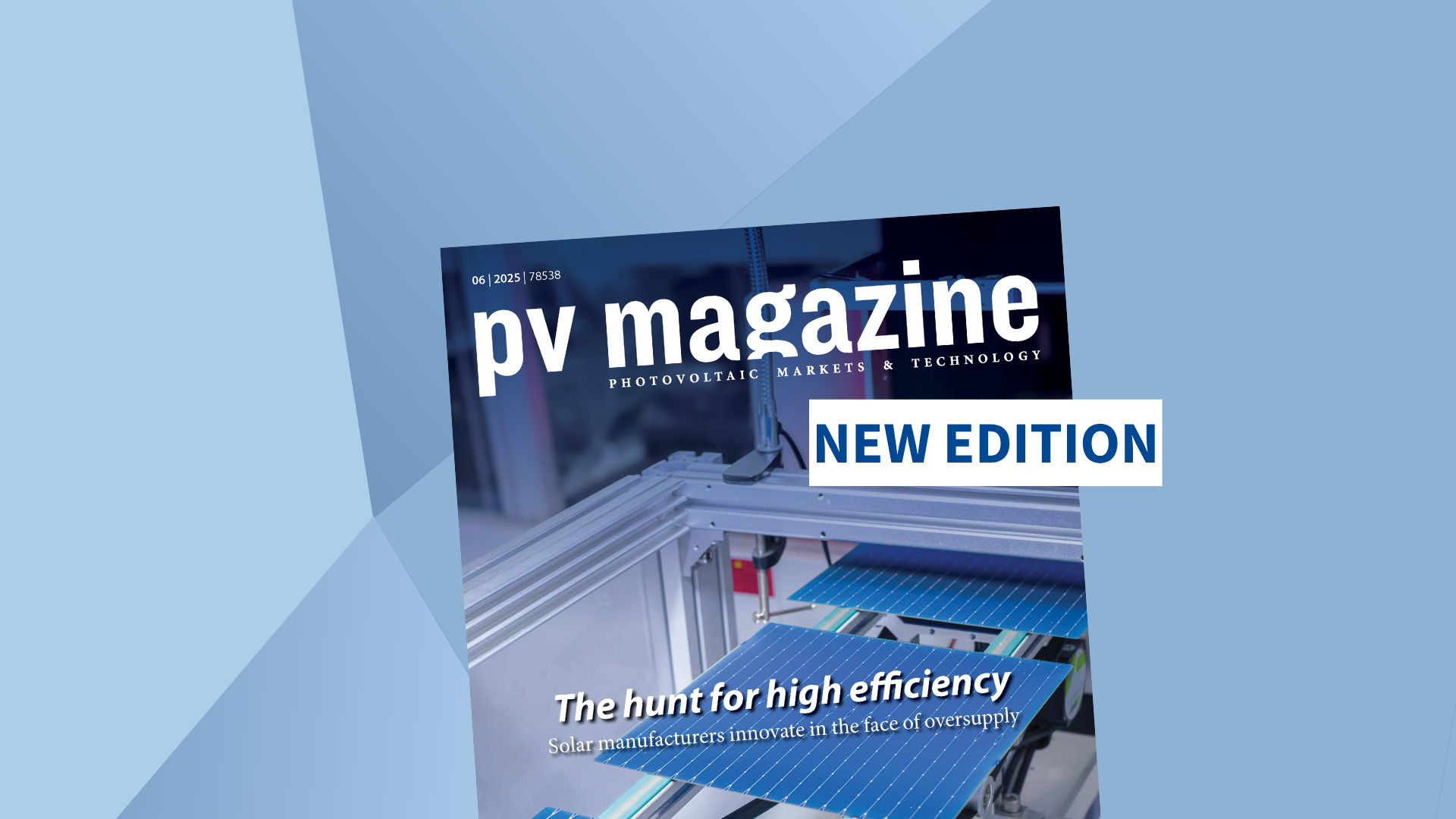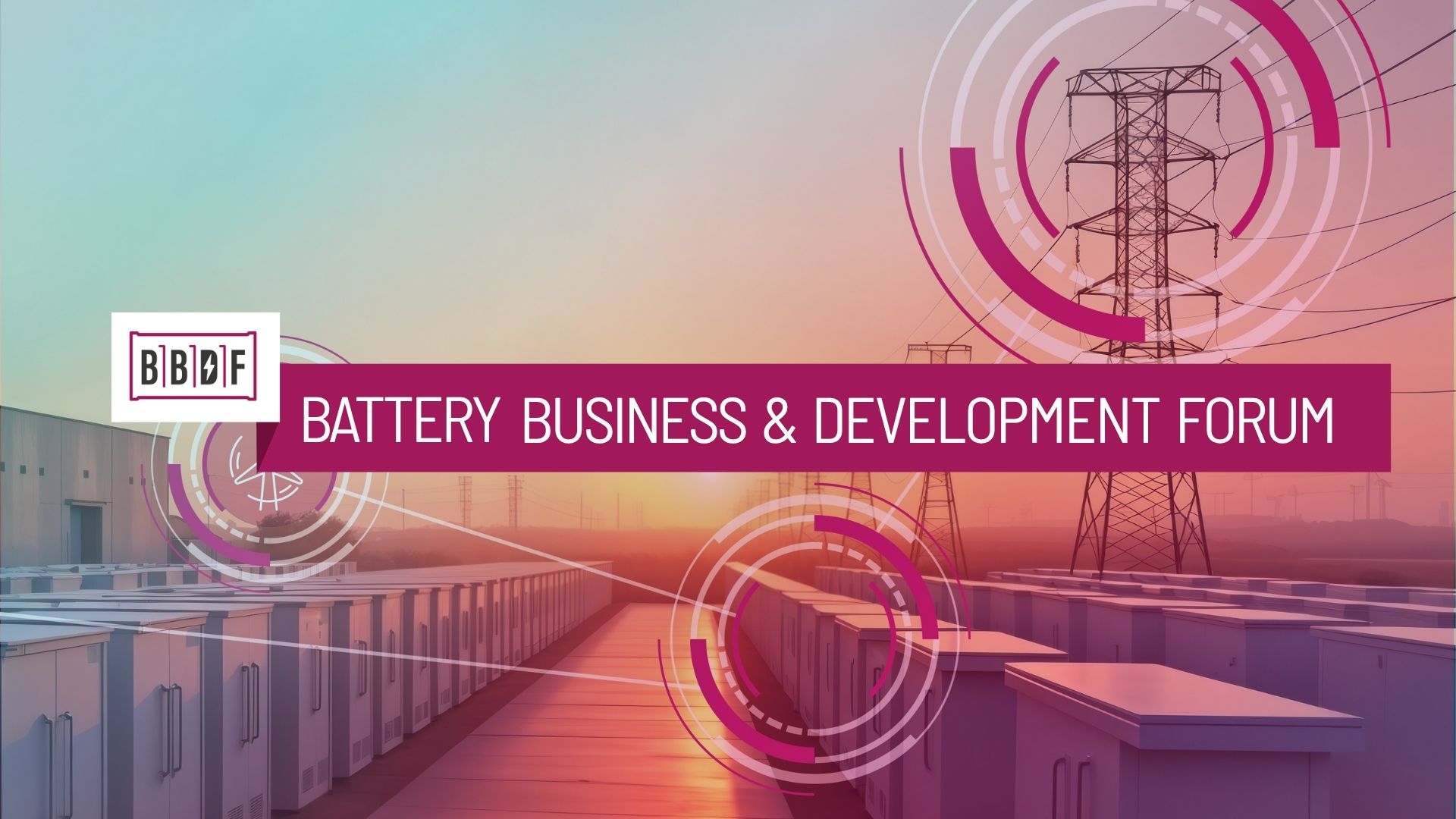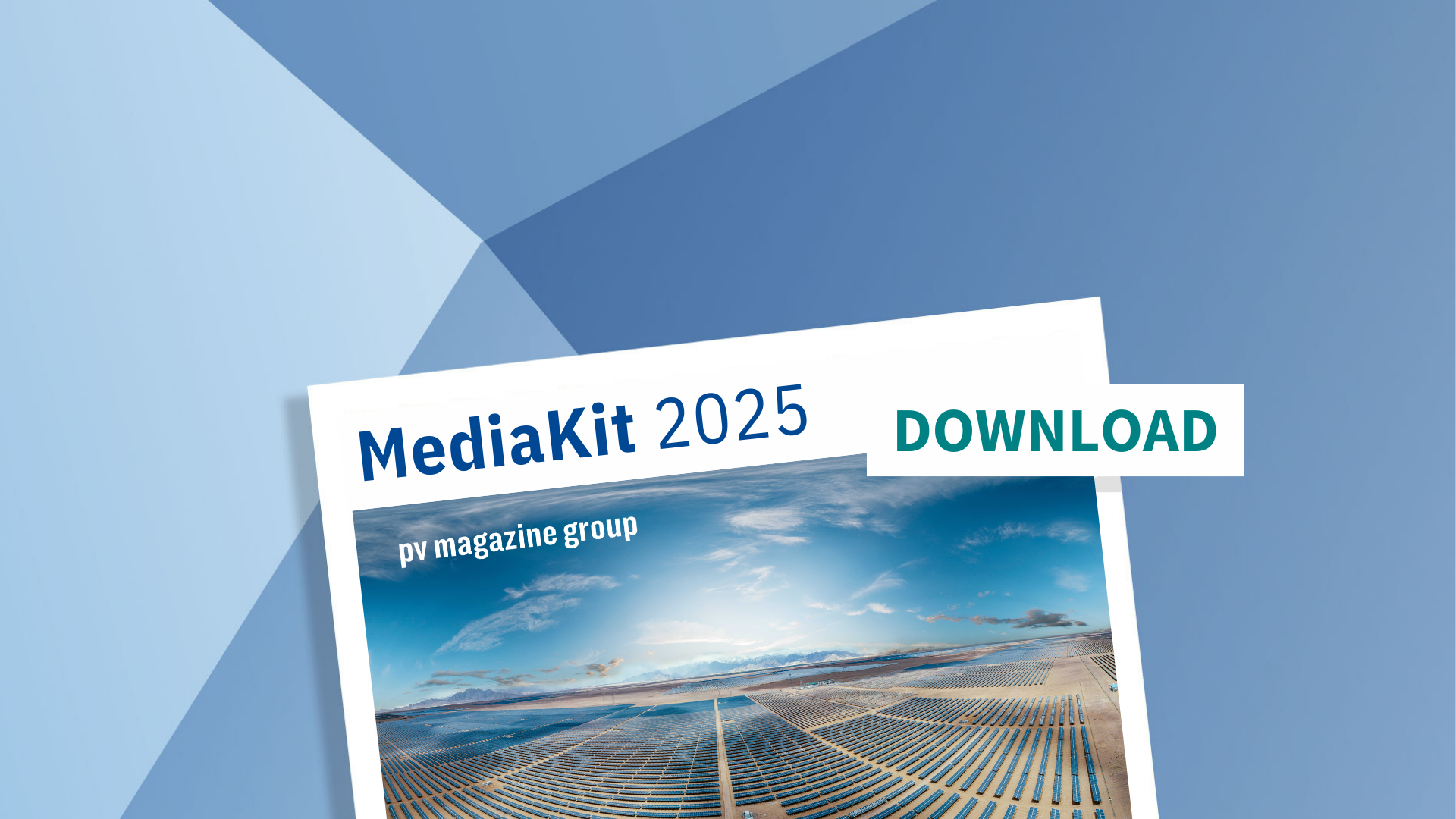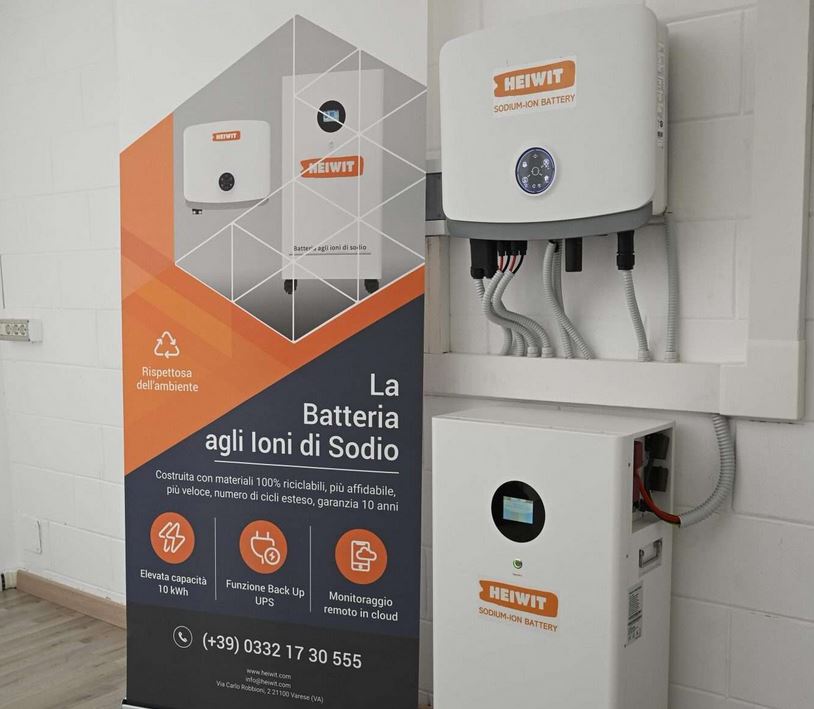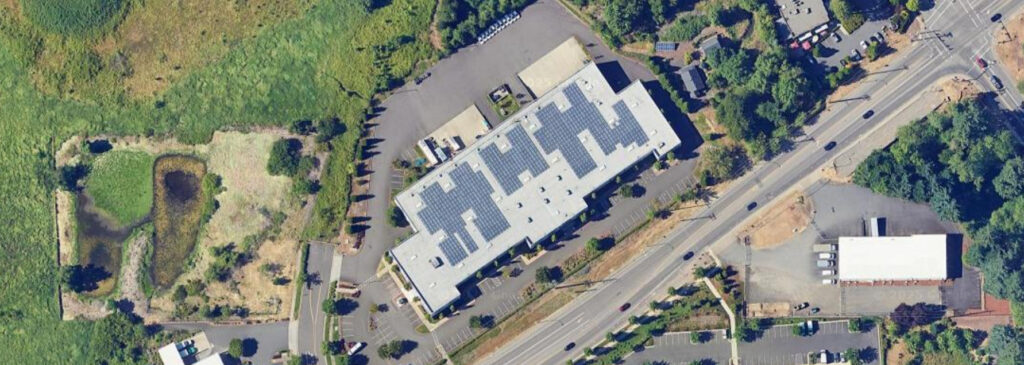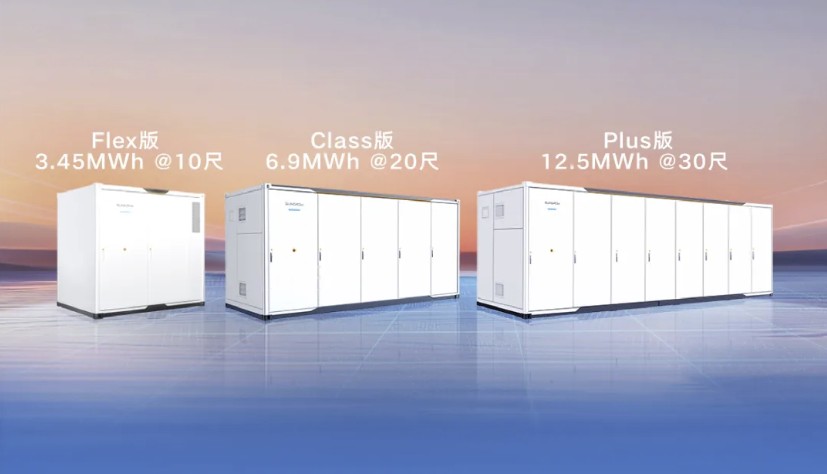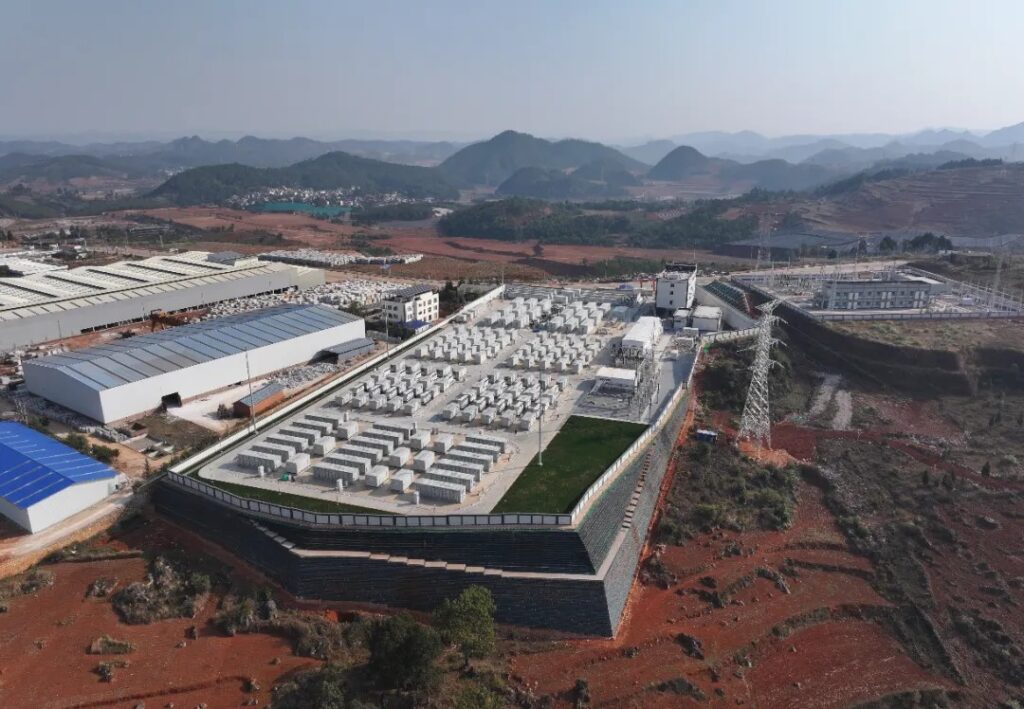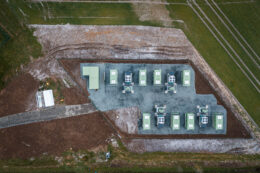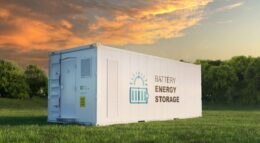Latin America ‘needs modern grid infrastructure, stable regulation, and pro-investment policy’

pv magazine: Atlas Renewable Energy recently closed its largest-ever finance package, for the Estepa project, which includes energy storage. What does this mean for the company?
Alfredo Solar: The Estepa project marks a milestone for Atlas Renewable Energy, not only because it is the largest financing in our history – for a total of $510 million – but also because it represents the path toward a new stage in the energy transition: The consolidation of large-scale hybrid projects.
What are the main challenges and opportunities facing hybrid project development in the Chilean market?
This type of development faces significant challenges, such as the need for … robust [electricity] transmission infrastructure, clear criteria for storage operation and [electricity] dispatch, and a regulatory framework that evolves at the same pace as technology. However, it also opens up significant opportunities. The incorporation of storage allows for the stabilization of renewable [energy] generation and the provision of 24/7 [clean] energy, something increasingly valued by large consumers such as mining and industry. With Estepa, supported by contracts signed with [state-owned copper miner] Codelco and [utility] Colbún, we reaffirm our role as strategic partners in the transformation toward a cleaner, more resilient, and safer Chilean energy matrix.
Specifically, those contracts you mention are related to the mining sector. How do you assess the demand for 24/7 renewable energy in mining, and what role does energy storage play in these agreements?
The demand for 24/7 renewable energy in the mining sector has grown steadily, driven by decarbonization commitments and the pursuit of more sustainable operations. In this context, storage plays a central role, enabling the transformation of renewable generation – naturally intermittent – into a continuous, reliable, and competitive supply. At Atlas, we have responded to this demand with tailored solutions, developing hybrid projects that combine 492 MWp of solar photovoltaic [generation] capacity and 851 MW of storage among the contracts signed between 2023 and 2024. This, in addition to increasing our installed capacity in Chile to over 1,000 MW, positions us as a key player in this new phase of the energy transition. Through long-term agreements with companies such as Codelco and Colbún, as well as [steel and mining holding company] Grupo CAP and [gas station and forestry business] Copec, we are contributing to a mining industry that is cleaner, more efficient, and better prepared for the challenges of the future.

The Chilean electricity sector is experiencing a crisis in regulation and a shift toward unregulated customers. How does this affect Atlas’ commercial strategy and what are the prospects for long-term contracts?
Since its inception, Atlas Renewable Energy has focused its commercial strategy on developing long-term contracts with independent customers. Therefore, the market’s shift in this direction strengthens our business model. We are optimistic about Chile’s leadership in the region in renewable energy, thanks to solid institutional frameworks and ambitious goals, such as achieving carbon neutrality by 2050. However, we also recognize that the industry faces structural challenges such as the urgent need to modernize [electricity] transmission infrastructure and expand [energy] storage integration capacity. We believe that long-term contracts will continue to be essential, not only to provide certainty to investors but also to guarantee a competitive and sustainable supply to large energy consumers.
You’ve pointed out that the window for new energy storage projects could be limited once the system reaches between 5 GW and 6 GW of batteries. What regulatory or market signals do you think are necessary to sustain the viability of these projects in the future?
While the current framework allows batteries to operate in the Chilean electricity system, there are still aspects that need to be further defined to sustain their large-scale development. It is crucial to advance clear rules on how storage systems will be dispatched, how the services they provide will be remunerated, and how they will be integrated into the wholesale market. As we approach the threshold of between 5,000 MW and 6,000 MW of installed battery capacity, it will be even more important to have regulatory signals that provide long-term stability and visibility. At Atlas, we are committed to this development, with the development of projects such as Estepa and BESS del Desierto, which together total more than 2.4 GWh of storage. But to sustain this pace, it is essential that the regulatory ecosystem evolves in line with the technology.
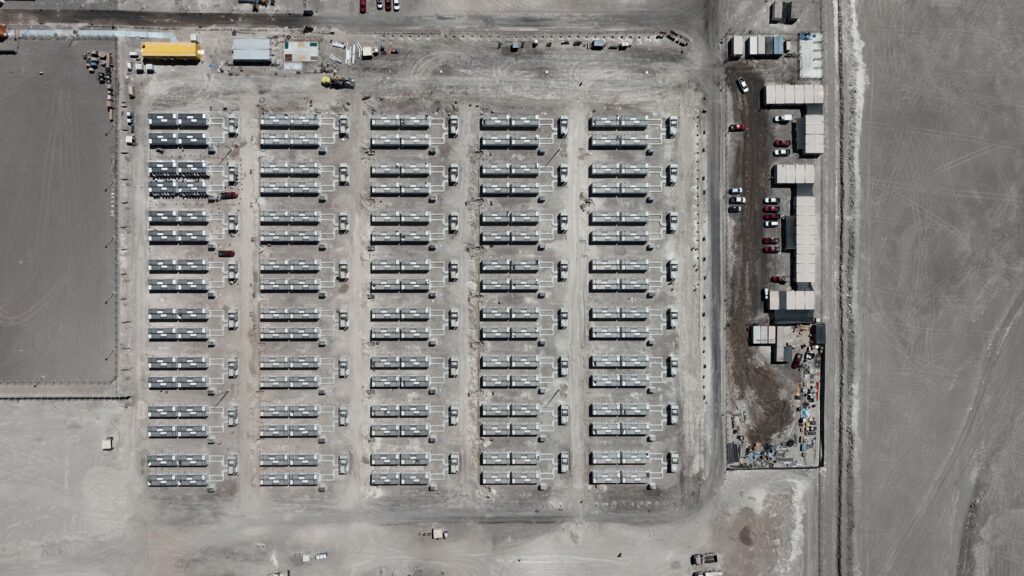
What are Atlas’ next steps and objectives in Chile and the Southern Cone [South America south of the Tropic of Capricorn] for the coming years, both in terms of installed capacity and new technologies?
Our goal in the coming years is to continue expanding our installed capacity in Chile and the Southern Cone with a robust portfolio of solar and storage projects, primarily focused on unregulated customers. We have the trust of major consumers and top-tier financial institutions, which has allowed us to structure competitive financing and support our developments based on solid contracts. At the technological level, we continue to explore innovative solutions that allow us to offer increasingly efficient and flexible energy.
What role does the hybridization of solar plants with energy storage play in the competitiveness of renewable energy supply and the integration of clean energy into the Chilean grid? Can it be replicated in the rest of the region?
The hybridization of solar plants with storage systems is essential to strengthen the competitiveness of renewable energy and improve its integration into the energy matrix. It allows for managing generation variability, ensuring around-the-clock supply, and alleviating congestion on the transmission grid, avoiding spills [curtailment of excess electricity] and maximizing the use of the energy generated. In Chile, we are already seeing the concrete impact: with the agreements signed in 2024 with Codelco, Copec, Grupo CAP, and Colbún, we estimate the shift of approximately 15 TWh of energy from spill times to peak demand times over 15 years. This model is fully replicable in other countries in the region and positions Atlas as a leader in BESS technology in Latin America. This year, we have added flagship projects such as the Desierto BESS (200 MW and 800 MWh of storage) and Estepa (both phases), with 215 MWp of photovoltaic power [generation capacity] and 1,672 MWh of storage.
Finally, what does the region – beyond Brazil and Chile – as a whole need to boost the sector?
For the renewable energy sector to take off sustainably throughout Latin America, it is essential to have modern transmission infrastructure, stable regulatory frameworks, and public policies that encourage investment. Many countries have made significant progress in clean energy generation but infrastructure has not always grown at the same pace. Furthermore, the development of [energy] storage technologies will be key to managing the variability of renewable energy and ensuring a constant supply. Chile and Brazil have led the way thanks to clear regulations and predictability for investors. This experience shows that, with the right conditions, the region can accelerate its energy transition. At Atlas, we are prepared to support this process, providing state-of-the-art solutions, solid financing, and a long-term vision for a more sustainable Latin America.
From pv magazine LatAm.

